All Science
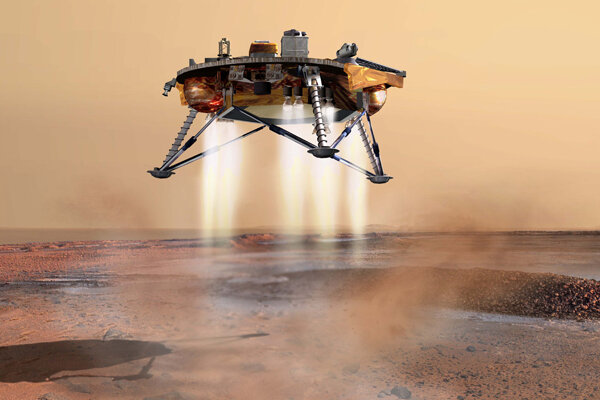 Man and Mars through history A look back over centuries at man's attempt to uncover information about the 'Red Planet.'Sources: NASA, American Museum of Natural History, and Scientific American
Man and Mars through history A look back over centuries at man's attempt to uncover information about the 'Red Planet.'Sources: NASA, American Museum of Natural History, and Scientific American Cover StoryThe Mars mystique
Cover StoryThe Mars mystiqueAfter 50 years of missions to Mars, scientists are unlocking some of the mysteries surrounding a planet that has captivated mankind for millenniums. Will humans ever leave a boot print on Mars?
 Astronomers report largest structure in universe. Will it upend theories?
Astronomers report largest structure in universe. Will it upend theories?Recent work suggests that the upper limit to the largest gatherings of galaxies is about 1.2 billion to 1.5 billion light-years across. The structure that the team reports is nearly four times this theoretical limit.
 How hot was 2012? Hottest on record in US, by a long shot
How hot was 2012? Hottest on record in US, by a long shotGlobal warming 'has had a role' in making 2012 the hottest ever recorded in the lower 48 states, says a US climatologist. The average temperature was 54.3 degrees F., a full degree higher than the previous annual record.
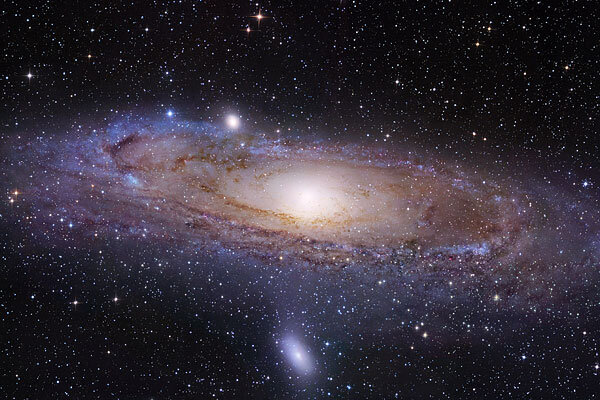 What's going on around Andromeda? Curious structure puzzles scientists.
What's going on around Andromeda? Curious structure puzzles scientists.Scientists have found 13 dwarf galaxies orbiting the Andromeda galaxy in what appears to be a fairly narrow ring. That makes no sense according to current models of galaxy formation.
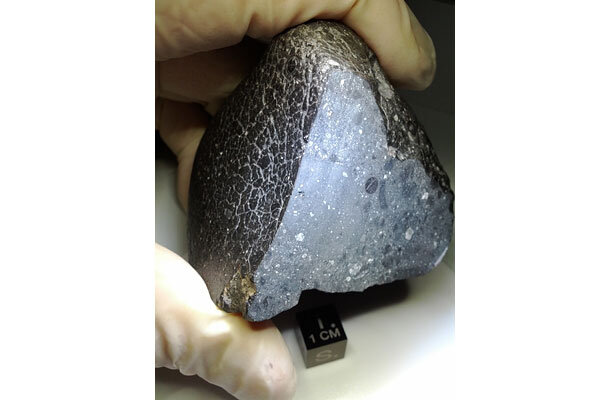 Odd meteorite could be time capsule of a wetter Mars
Odd meteorite could be time capsule of a wetter MarsScientists have analyzed a meteorite found on Earth and suggest that it could come from Mars's crust at a time when the planet was still wet and volcanically active.
 Quadrantid meteor shower: Will moon wash out the show?
Quadrantid meteor shower: Will moon wash out the show?Quadrantid meteor shower-watchers will have to deal with a three-quarter-full moon, but the event peaks overnight Wednesday, meaning the show will go on.
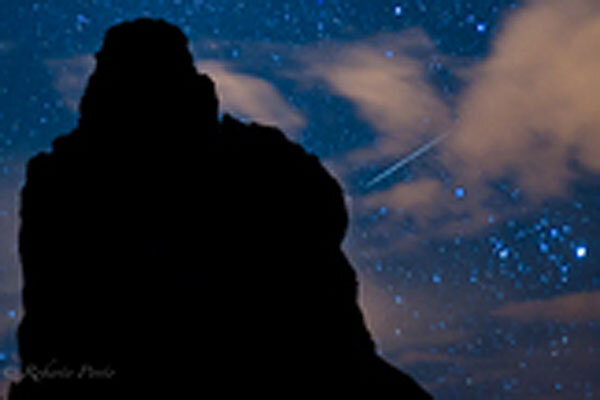 Quandrantid meteor shower: The best time to catch it
Quandrantid meteor shower: The best time to catch itQuadrantid meteor shower: With a bright gibbous moon, the best time to view the Quandrantid meteor shower is between 2 a.m. and 7 a.m. EST, before the sun rises.
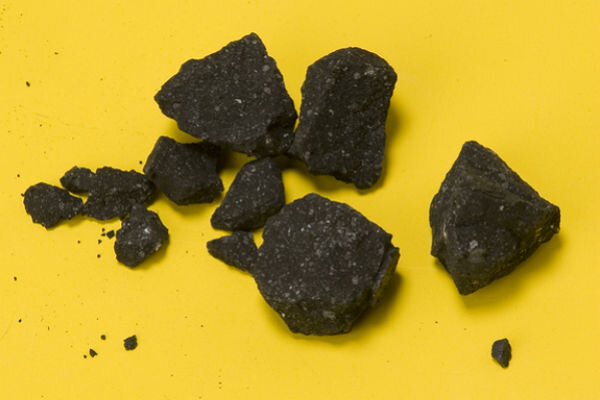 California meteorite reveals secrets thanks to crowdsourcing
California meteorite reveals secrets thanks to crowdsourcingRecently published research describes a collection of meteorite pieces that landed in California in April. The study came about through a group effort dubbed "crowdsourcing" by the lead scientist.
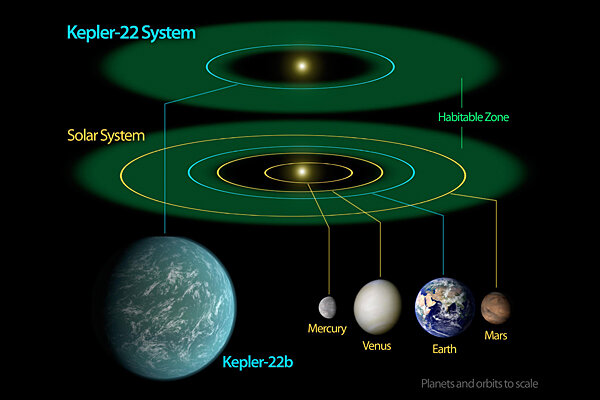 Four planets in 'habitable zones' spotted within spitting distance of Earth
Four planets in 'habitable zones' spotted within spitting distance of EarthAstronomers say they used a new statistical technique to find four possible super-Earths orbiting in the habitable zone of two stars within 22 light-years of Earth, Gliese 667C and tau Ceti.
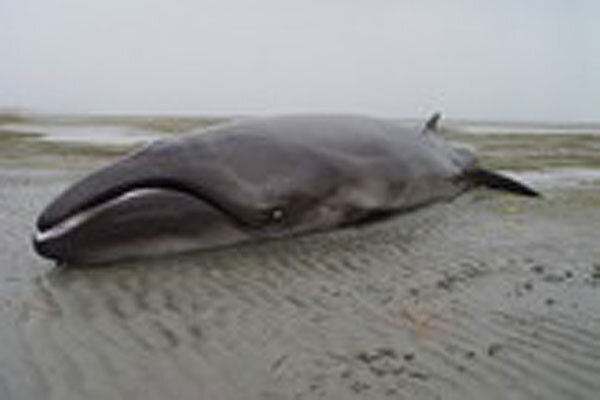 'Extinct' whale found: Odd-looking pygmy whale traced back 2 million years
'Extinct' whale found: Odd-looking pygmy whale traced back 2 million yearsExtinct whale found? Well, sort of. Scientists have traced the lineage of the pygmy right whale back to an ancient family of whales called cetotheres, who were thought to be extinct.
 Newly discovered loris may be slow, but its bite is toxic
Newly discovered loris may be slow, but its bite is toxicA new slow loris species was discovered in Borneo, named Nycticebus kayan. The little primate weighs less than a pound.
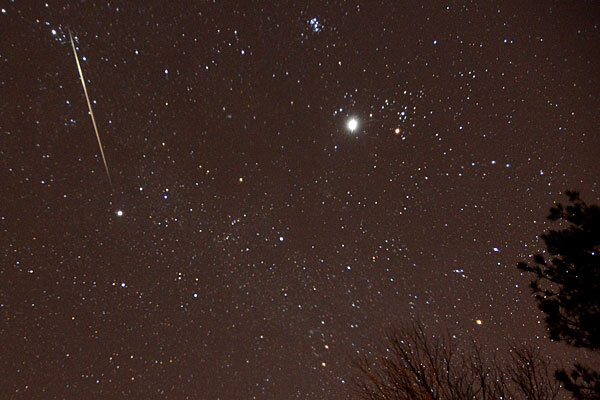 Geminid meteor shower reigns in the night sky
Geminid meteor shower reigns in the night skyGeminid meteor shower: Last night's annual meteor shower was a crowd pleaser. The Gemind meteor shower comes from debris shed by a 3-mile-wide asteroid called 3200 Phaethon.
- Cheese: Not as newfangled as we thought
Researchers have linked ancient milk residue (thousands of years-old) to early forms of cheese-making. The scientists say this research provides new insights into the human diet and food production technologies.
- NASA prepares twin spacecraft for crash landing
Ebb and Flow, two spacecraft that have been investigating the moon's gravitational field, will end their existence by smashing into the moon's north pole next week. The event is not likely to be visible from Earth, but the Lunar Reconnaissance Orbiter may catch a glimpse.
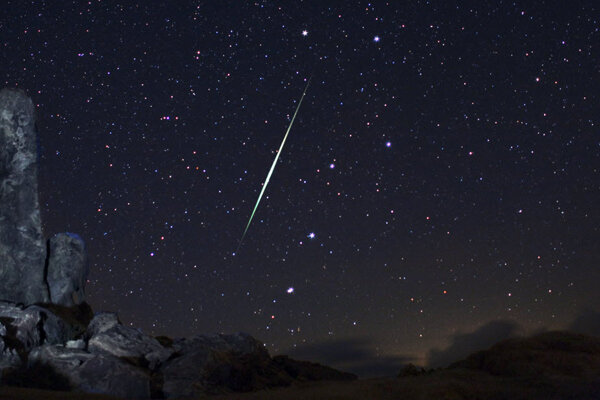 Geminid meteor shower peaks tonight: When to watch for falling stars
Geminid meteor shower peaks tonight: When to watch for falling starsA new and as-yet unnamed meteor shower may also make an appearance tonight, ramping up the celestial display even further.
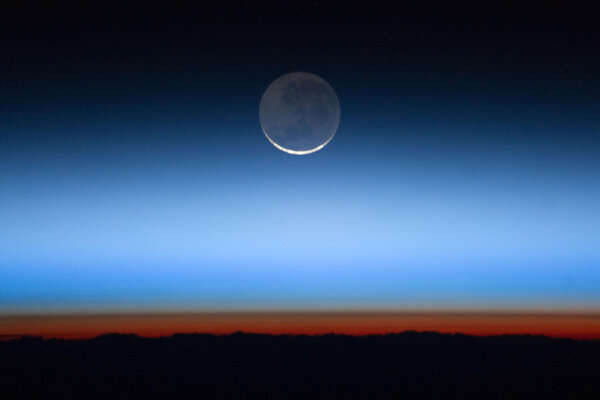 Private company to offer rides to moon by 2020
Private company to offer rides to moon by 2020Golden Spike says it hopes to sell missions to the moon for over $1 billion.
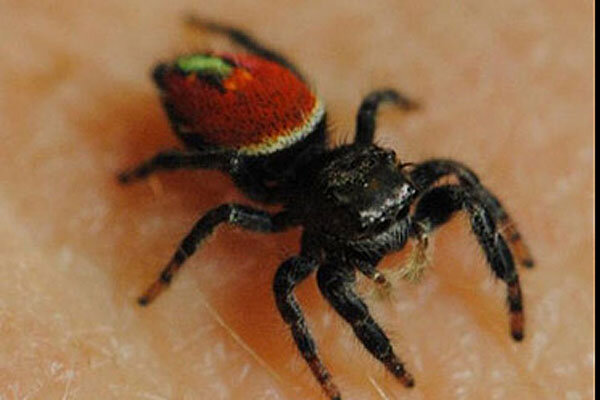 Space spider dies in D.C. after surviving 55 days in space
Space spider dies in D.C. after surviving 55 days in spaceSpace spider dies in D.C.: Neffi survived 55 days aboard the International Space Station. But the famous spider died after four days in the Smithsonian's National Museum of Natural History, in Washington, D.C.
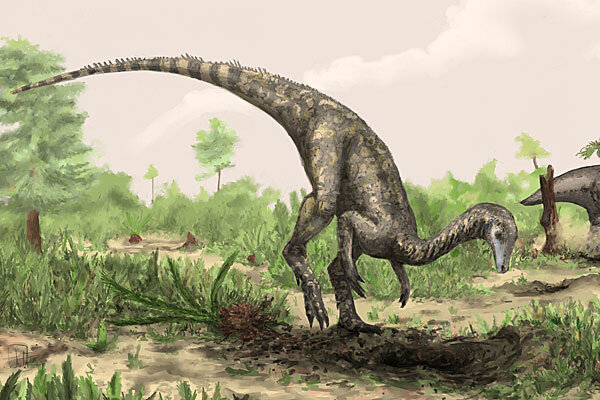 World's oldest dinosaur discovered hanging out in London museum
World's oldest dinosaur discovered hanging out in London museumWorld's oldest dinosaur: The fossil remains of Nyasasaurus parringtoni were first found in the 1930s near Lake Malawi in Africa. It pushes the date that dinosaurs lived back to 245 million years ago.
- NASA plans follow-up trek to Mars
The Mars rover Curiosity is four months into its 2-year investigative visit to Mars. Now NASA is planning another rover trip to bring samples from Mars back to Earth.




















